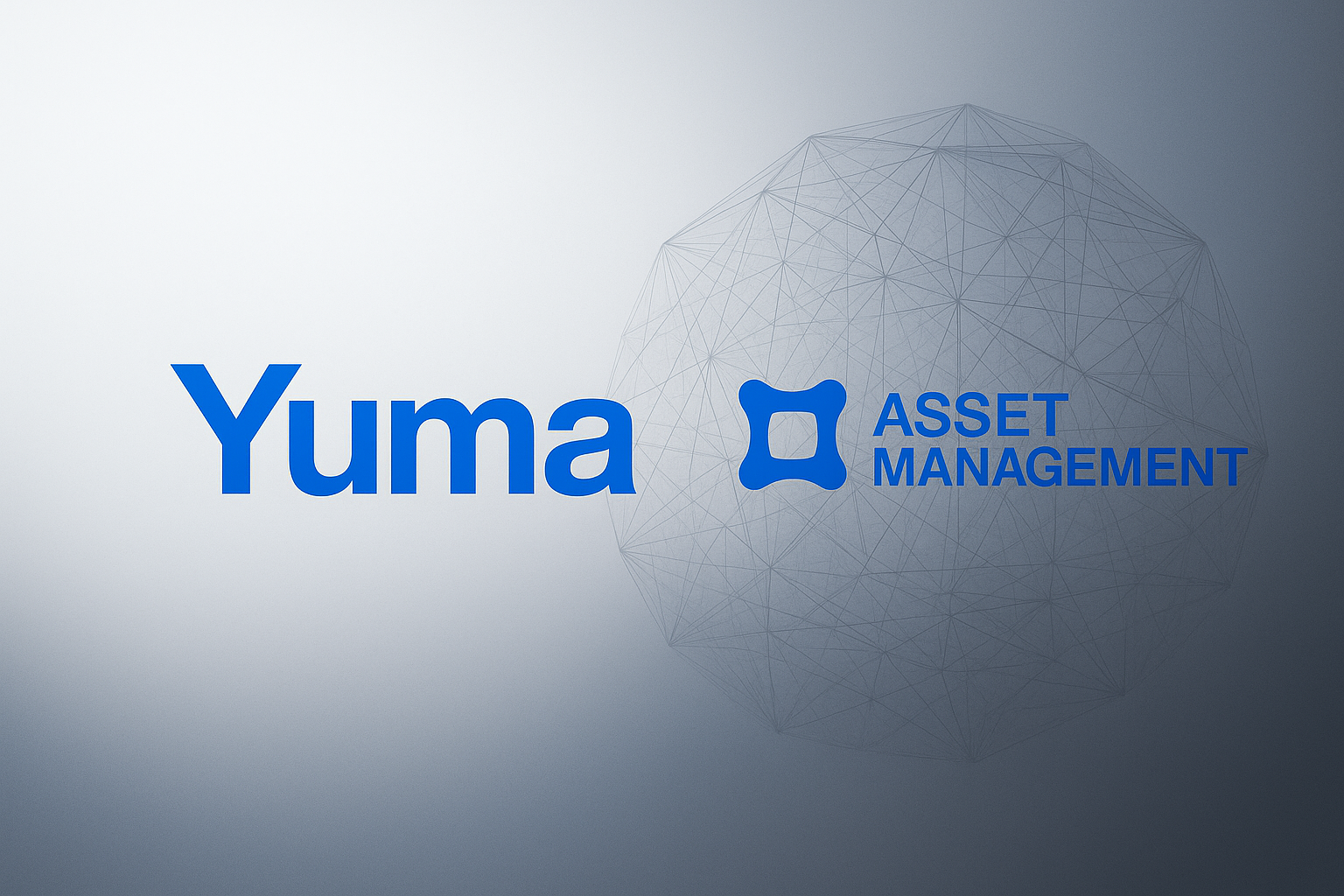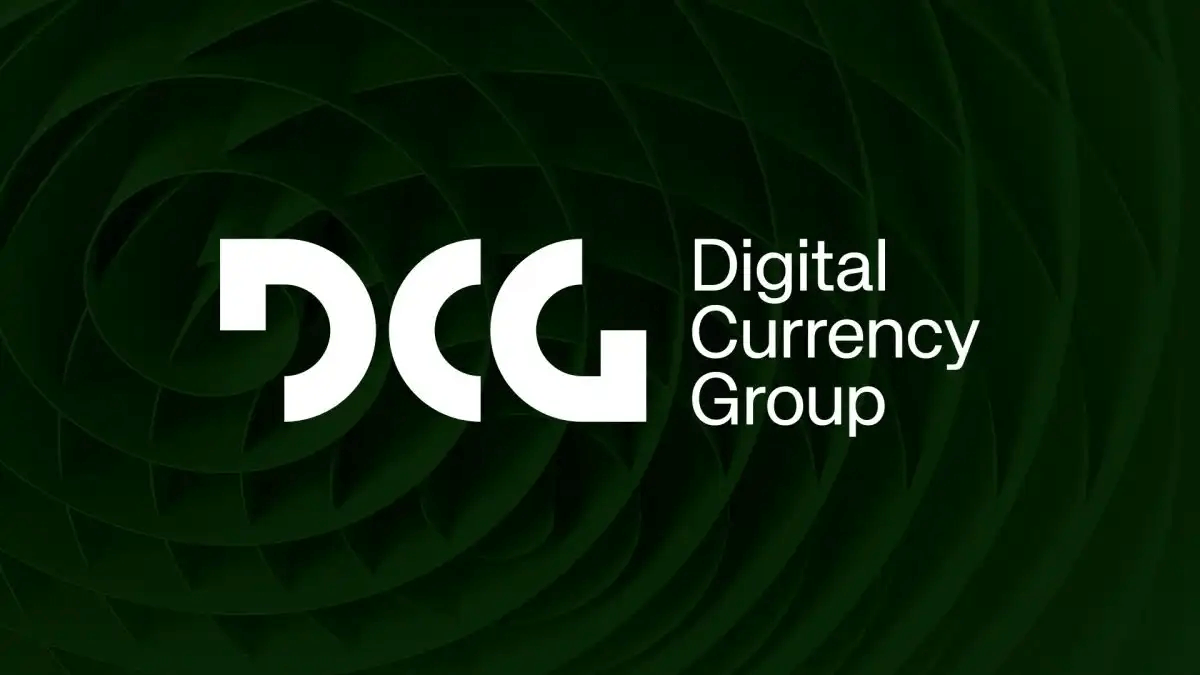Author: Zen, PANews
In the past three days, the decentralized AI network Bittensor has once again become a hot topic and market focus. According to CoinGecko data, as of October 15, the price of the Bittensor ecosystem's TAO token has risen continuously over the past three days, climbing from around $280 to over $450, with an increase of more than 50% in this range.
The main reason behind this surge in interest may be the continued actions of Yuma, a subsidiary of DCG. On October 9, Yuma announced the establishment of Yuma Asset Management, with DCG providing a $10 million anchor investment, while launching two fund strategies focused on "subnet tokens," aimed at providing a standardized entry point for institutions and qualified investors to access the Bittensor ecosystem.
DCG, Yuma, and the "World Wide Web of AI" Bittensor
As a subsidiary incubated by Digital Currency Group (DCG), Yuma was founded by DCG founder Barry Silbert in 2024, focusing on supporting the decentralized AI network Bittensor. Yuma is positioned as a development studio and accelerator, helping research teams and entrepreneurs build projects on the network by investing in, constructing, and expanding the computational infrastructure within the Bittensor ecosystem.

Barry Silbert
Since DCG's initial investment in Bittensor in 2021, Silbert has focused on the long-term potential of this field, claiming it is the most exciting development since Bitcoin. He believes that the current AI field is dominated by a few giants like OpenAI and Google, forming a "walled garden," while Bittensor aims to create a "World Wide Web of AI," allowing anyone to build and use AI models without permission.
In the Bittensor network, subnets are parallel networks divided by specific AI purposes, such as text translation, fraud detection, and image recognition. The network incentivizes contributors through the native token TAO, allowing developers and computing power providers to run nodes and complete machine learning tasks in exchange for TAO rewards.
Yuma has been deeply involved in the construction and operation of Bittensor subnets, promoting multiple subnet projects in the early stages of the Bittensor ecosystem by providing startup funding, technical guidance, and community resources. Currently, Yuma is actively validating over 120 subnets, has provided capital support to 15 subnet operation teams, and has brought in well-known institutions such as BitGo, Copper, and Crypto.com as network validation node partners.
Additionally, in June of this year, Yuma collaborated with the University of Connecticut (UConn) to create a project focused on gathering specialized machine learning efforts, named "BittBridge," making the university one of the first academic institutions to build on the Bittensor network.
To further enhance its infrastructure building capabilities, on October 6, Yuma announced the appointment of Greg Schvey and Jeff Schvey, co-founders of crypto data provider TradeBlock, as Chief Operating Officer and Chief Technology Officer, respectively, to strengthen operations and technical management, complementing the asset management business launched a few days later.
Yuma Establishes Asset Management Department, Launching Two Bittensor Network-Related Funds
On October 9, 2025, Yuma announced the establishment of its asset management department, Yuma Asset Management, to create new investment channels for institutions and qualified investors to enter the Bittensor AI ecosystem. DCG provided $10 million as the anchor initial investment for this asset management department.

According to Yuma, the new department will launch two flagship fund products, both focused on investing in the subnet tokens of the Bittensor network.
The Yuma Subnet Composite Fund will invest in the tokens of all active subnets in a market-cap-weighted manner, similar to a subnet version of the "Nasdaq Composite Index," providing investors with broad exposure to the entire subnet sector. This fund aims to track the overall performance of all subnets within the Bittensor ecosystem, equivalent to a "large-cap index" in the decentralized AI field.
The other fund, the Yuma Large Cap Subnet Fund, will focus on the largest market-cap top subnet tokens, similar to the "Dow Jones Industrial Average of subnets," providing investors with concentrated exposure to the most influential subnets. In other words, it selects the leading subnets in terms of scale and influence within the Bittensor network for investment, pursuing stable returns from sector leaders.
Both funds will invest in the native crypto assets of Bittensor subnets (i.e., the tokens issued by each subnet), which are priced and traded in TAO. Since the Bittensor ecosystem is still relatively niche and has a high technical barrier for outsiders, direct participation is not easy. Yuma Asset Management hopes to lower the entry difficulty through structured fund products.
DCG pointed out that it is challenging for ordinary investors to access the Bittensor network, and most leading companies in the AI industry, such as OpenAI and Anthropic, are not publicly listed, making it difficult to invest in AI transformation. Against this backdrop, Yuma Asset Management acts as a bridge, providing an "early and unique" pathway for more institutional capital to participate in the decentralized AI wave.
It is worth mentioning that Silbert employed a similar strategy in the early days of Bitcoin. As early as 2013, he founded the Bitcoin Investment Trust, allowing traditional investors to access Bitcoin through a trust fund, which later evolved into the well-known Grayscale Bitcoin Trust (GBTC). Now, in the Bittensor space, he is again adopting the idea of index-based investment products, encompassing the entire subnet sector and its leading projects with two funds. This design draws on the successful experience of traditional stock market indices, using a familiar framework to attract mainstream capital to emerging AI blockchain assets.
Multi-Layered Layout, DCG's Strong Bet on Decentralized AI
As one of the most influential capital players in the crypto industry, DCG has made significant investments in Bitcoin, blockchain startups, and more over the past decade, nurturing a series of industry pillars, including Grayscale, Genesis Exchange, and CoinDesk (sold to Bullish in 2023). As the industry evolves, DCG is also seeking new growth areas and intends to extend its leadership role in the industry by betting on decentralized AI.

In terms of its layout in the Bittensor and decentralized AI fields, DCG has adopted a multi-layered approach. DCG's Grayscale investment department launched the Grayscale Bittensor Trust last year, which, as of October 14, has an asset management scale of approximately $14.86 million. The establishment of subnet funds through Yuma represents DCG's further proactive move to build more flexible investment channels.
To some extent, DCG's transformation layout is closely related to its own situation. DCG's subsidiary Genesis faced bankruptcy restructuring in 2023, with the company undergoing regulatory investigations and reputation challenges. Against this backdrop, DCG's choice to bet on decentralized AI can be seen as Silbert's proactive attempt to seek the "next chapter." Currently, Yuma is attracting supporters with a venture capital mindset, including high-net-worth individuals and institutional investors.
At present, the number of subnets in the Bittensor network is rapidly expanding. As of mid-2025, the Bittensor network has 128 subnets, covering various scenarios from anti-fraud, edge privacy/federated learning to synthetic identity/data. According to Yuma's semi-annual report, the number of subnets grew by 50% in the second quarter, and the network's activity indicators also increased during the same period. In this context, the expansion of subnets is expected to enhance the demand for TAO and subnet tokens, thereby strengthening TAO's role as a foundational incentive layer.
However, despite the rapid growth in the number of Bittensor subnets, their quality and originality have not yet made a significant impact, and there remain uncertainties in both technology and market.
Moreover, whether Bittensor can truly produce AI results comparable to centralized giants through token incentives to gather computing power and models remains to be seen over time. As more subnets go live and institutional funds enter, Bittensor and Yuma Asset Management will seek new opportunities and balance amid technological iterations and market tests.
免责声明:本文章仅代表作者个人观点,不代表本平台的立场和观点。本文章仅供信息分享,不构成对任何人的任何投资建议。用户与作者之间的任何争议,与本平台无关。如网页中刊载的文章或图片涉及侵权,请提供相关的权利证明和身份证明发送邮件到support@aicoin.com,本平台相关工作人员将会进行核查。




